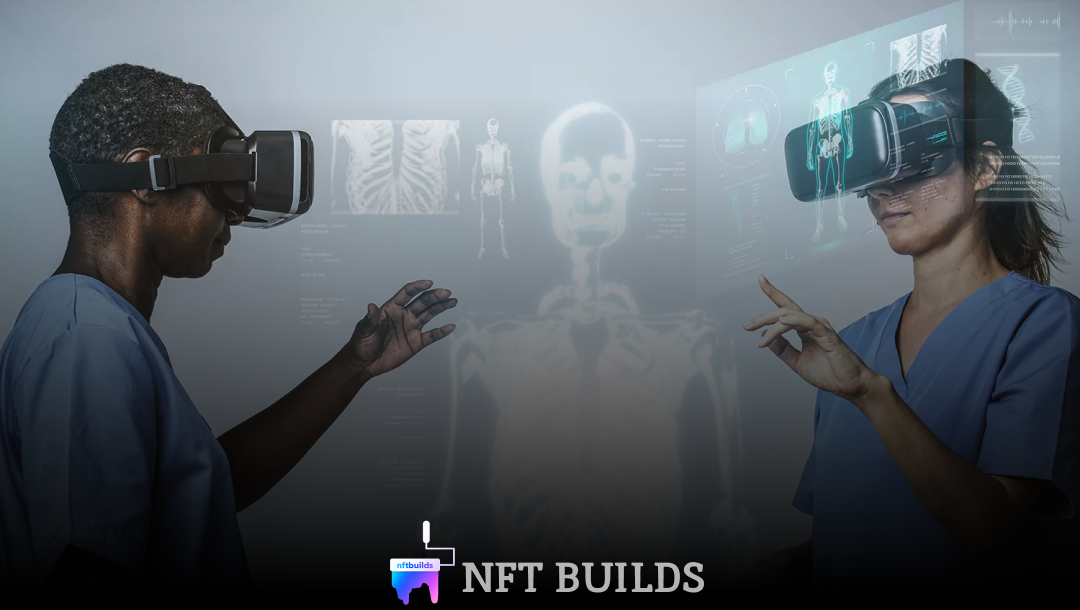Metaverse Healthcare Market Set to Hit $500B by 2033

The burgeoning expansion of telemedicine and the advent of innovative surgical techniques and training methodologies are pivotal factors propelling growth within the healthcare sector.
In the ongoing journey towards widespread acceptance, the metaverse has significantly penetrated mainstream consciousness in 2024. Despite the absence of a singular breakthrough application to catalyze mass adoption, it has seamlessly integrated into the healthcare domain. Notably, telemedicine, advanced surgical training modalities, and futuristic medical procedures have ignited considerable anticipation and optimism.
Recent analyses from esteemed market research entities such as Spherical Insights, Towards Healthcare, and Research and Markets underscore the imminent surge of the metaverse within the healthcare arena over the next decade. In 2023, the global metaverse healthcare market boasted a valuation ranging from approximately $8.97 billion to $10.5 billion. Forecasts predict a robust compound annual growth rate (CAGR) ranging between 26.3% to 49.3%.

Projections over the past two years consistently indicate a trajectory toward a market valuation of $80 billion to $100 billion by 2033. However, a groundbreaking report by Spherical Insights, unveiled on February 23, disrupts conventional estimates by forecasting the metaverse healthcare market to surpass an astounding $496.23 billion within the same timeframe.
According to the report:
"The global metaverse in healthcare market size is expected to grow from USD 8.97 billion in 2023 to USD 496.26 billion by 2033, during the forecast period 2023-2033."
In the realm of the metaverse, major players in Big Tech, including Microsoft, Nvidia, Google, and Meta, dominate the landscape across all sectors, healthcare being no exception. Concurrently, an array of health tech firms complements this formidable presence.
Augmented reality (AR) spearheads the technological evolution, driving the lion's share of the compound annual growth rate (CAGR) within hardware development. While virtual reality (VR) retains its popularity, augmented reality's capacity to overlay digital imagery onto the physical world presents a burgeoning promise, particularly in surgical training and procedural applications.
Analysts behind the Spherical Insights report highlight the transformative potential of AR devices in surgical planning, navigation, and real-time information delivery during procedures.
Telemedicine has witnessed an unprecedented surge, catalyzed by the COVID-19 pandemic. Prior to the outbreak, a mere 11% of Americans embraced telemedicine services, a figure that has surged to 76% in the pandemic's aftermath, as highlighted by the authors of the R&M report.
As global consumers increasingly acclimate to remote services, the fusion of metaverse technology with user interfaces, virtual clinics, and patient onboarding is poised to redefine the healthcare landscape. This paradigm shift not only promises to propel growth within the healthcare sector but also serves as a catalyst for the global adoption of metaverse technology, setting a new standard for customer service and client experience.




